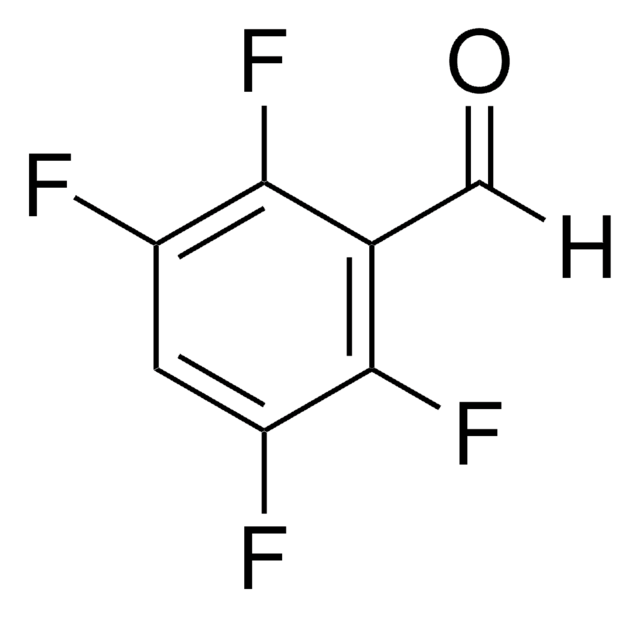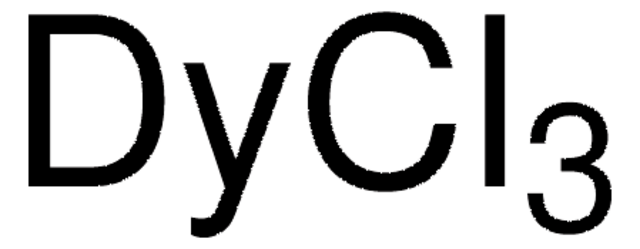263176
Praseodym
powder, ~40 mesh, 99.5% trace rare earth metals basis
About This Item
Empfohlene Produkte
Assay
99.5% trace rare earth metals basis
Form
powder
Eignung der Reaktion
reagent type: catalyst
core: praseodymium
Widerstandsfähigkeit
68 μΩ-cm, 20°C
Partikelgröße
~40 mesh
bp
3520 °C (lit.)
mp (Schmelzpunkt)
931 °C (lit.)
Dichte
6.71 g/mL at 25 °C (lit.)
SMILES String
[Pr]
InChI
1S/Pr
InChIKey
PUDIUYLPXJFUGB-UHFFFAOYSA-N
Suchen Sie nach ähnlichen Produkten? Aufrufen Leitfaden zum Produktvergleich
Signalwort
Danger
H-Sätze
Gefahreneinstufungen
Aquatic Chronic 4 - Eye Irrit. 2 - Pyr. Sol. 1 - Skin Irrit. 2
Lagerklassenschlüssel
4.2 - Pyrophoric and self-heating hazardous materials
WGK
WGK 3
Flammpunkt (°F)
Not applicable
Flammpunkt (°C)
Not applicable
Persönliche Schutzausrüstung
Eyeshields, Faceshields, Gloves, type P3 (EN 143) respirator cartridges
Analysenzertifikate (COA)
Suchen Sie nach Analysenzertifikate (COA), indem Sie die Lot-/Chargennummer des Produkts eingeben. Lot- und Chargennummern sind auf dem Produktetikett hinter den Wörtern ‘Lot’ oder ‘Batch’ (Lot oder Charge) zu finden.
Besitzen Sie dieses Produkt bereits?
In der Dokumentenbibliothek finden Sie die Dokumentation zu den Produkten, die Sie kürzlich erworben haben.
Kunden haben sich ebenfalls angesehen
Unser Team von Wissenschaftlern verfügt über Erfahrung in allen Forschungsbereichen einschließlich Life Science, Materialwissenschaften, chemischer Synthese, Chromatographie, Analytik und vielen mehr..
Setzen Sie sich mit dem technischen Dienst in Verbindung.












